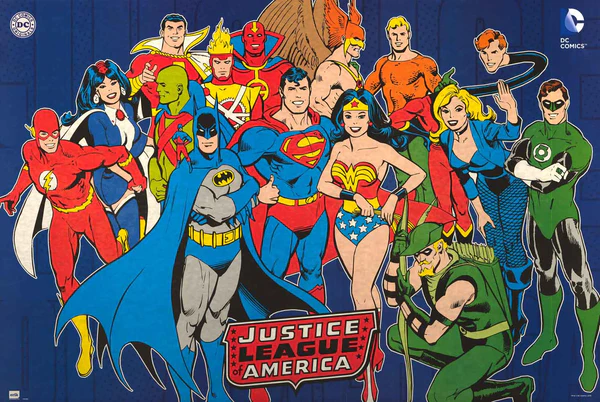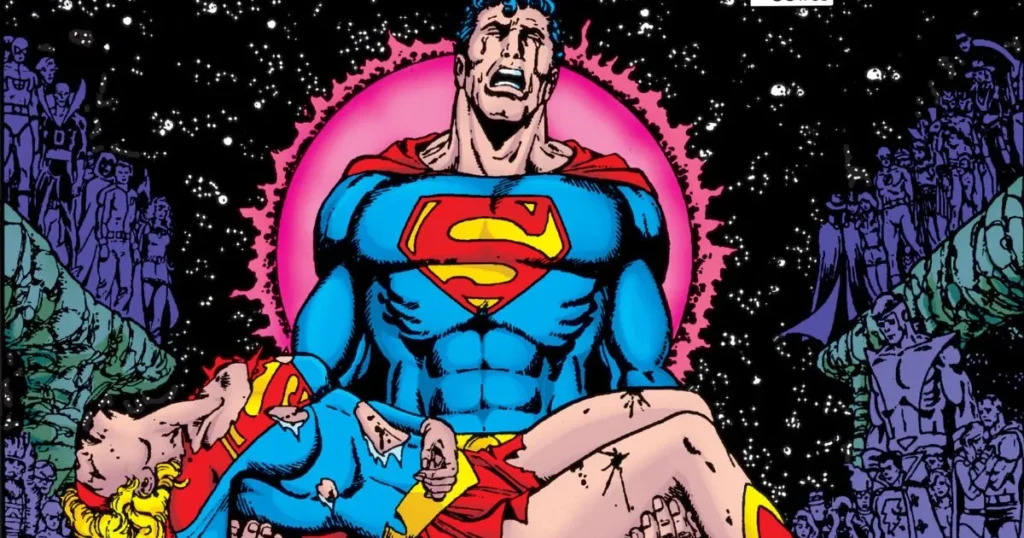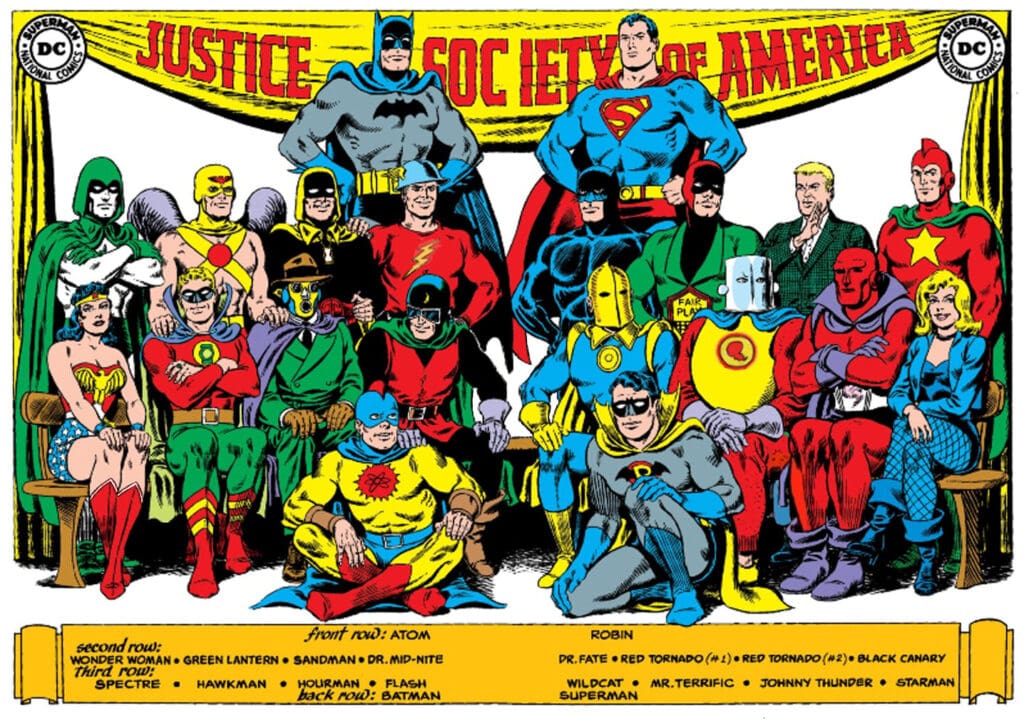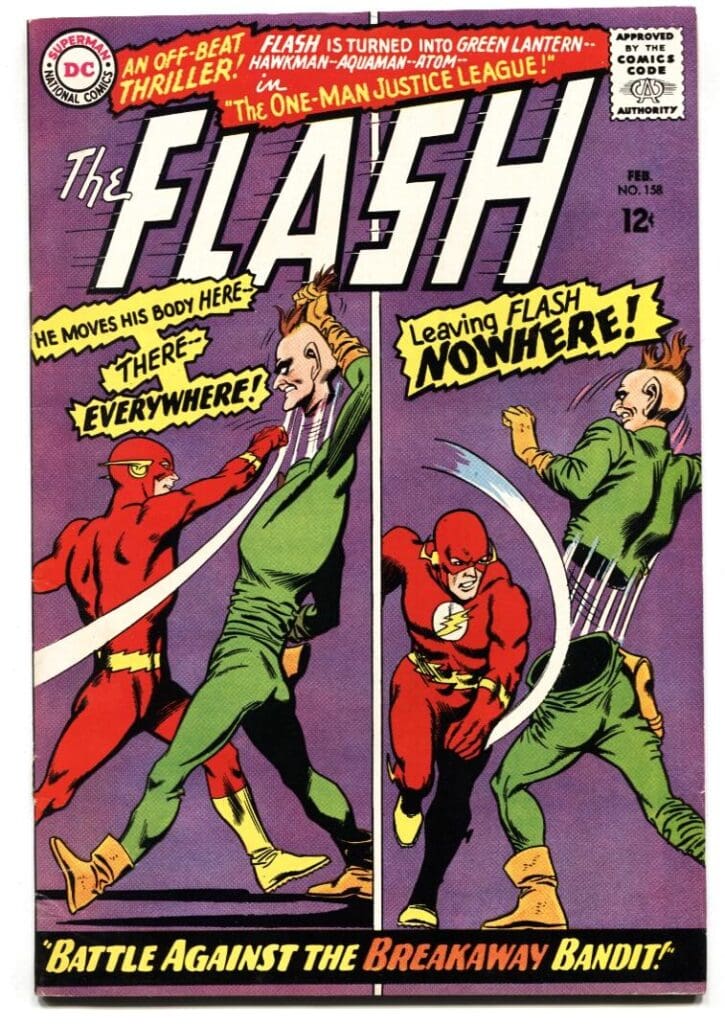
Truth be told, I was never a DC fan. When I was a kid, edgy characters like Wolverine and the Punisher took all the air out of the room. Anything that smacked of the old 1970s Super Friends cartoon was automatically uncool. Worse, DC had adopted the worst possible frame for its phenomenal long-running characters. In the first place, there was a palpable eagerness with which they threw themselves at the prospect of flushing fifty years of continuity in their tremendous Crisis on Infinite Earths crossover event.

Worse still, there was something a little insulting about how they handed over their best characters to be used merely as a vehicle for “new hotness” artists, even when those talents were as titanic as guys like John Byrne, Frank Miller, and George Perez. Again, I was never a hardcore DC fan myself and could barely understand the appeal of their main characters. Still, seriously, the subtext here really leaves a bad taste in my mouth: “Hey, hot new artists– take our best characters and do whatever you want with them. We don’t care. Please, please please make us half as cool as our competition.”
It was pretty tacky, to be honest. It didn’t have to be that way. It can be that way again thanks to the wonders of pre-crisis DC comics that are easy to turn up in dollar bins at comic shops near you. You can transport yourself back to when DC’s lineup got treated the way they deserved.

RELATED: Cancel Pigs Maul Rob Liefeld For Posting “Woke Comics Twitter” Is Real And To Be Avoided
There’s so much good stuff from back then! You can pick up a copy of Weird War Tales and get three standalone stories without any superhero continuity. You can read Justice League America when it did feature the world’s greatest heroes in stories that didn’t make them out to be the butt of countless gags.
You can read about the Green Lantern Corps in short strips backing up Hal Jordan’s regular exploits. Heck, you can even see Batman team up with a random DC character in a standalone story of Brave and the Bold– or even see him attempt to start a super team of his own in Batman and the Outsiders. And then there are odd surprises like when even obscure characters like Karate Kid could nab his own book, have adventures across multiple titles, and finally conclude his story by marrying the girl of his dreams in an annual. No, he wasn’t good enough to hold down his ongoing comic for long, but seeing him get kidnapped by surfing lobster people in his crossover with Kamandi will blow your mind.

DC managed to make its sprawling comics continuity make sense even in what I was told had been a dark age. And in a time where a coherent editorial policy wasn’t unimaginable, they managed to do it with aplomb. If the majority of comics in a line told a complete story in a single issue, continuity wasn’t confusing or hard to follow. It was a bonus for the people who stuck around for multiple runs on multiple titles.

Maybe they didn’t pull this off well enough to appeal to whoever you were when you were twelve. Either way, you can’t go wrong with these comics when you can easily find them for the same cost or less than whatever the latest thing is. Still, I have to warn you: the trial of the Flash storyline was so boring it will make you want to destroy not just Barry Allen but fifty years of comics continuity.
Caveat emptor!—
Jeffro Johnson is the third most important person in D&D history. He is the author of both Appendix N: The Literary History of Dungeons & Dragons and How to Win at D&D. You can follow his latest exploits via Twitter or on his blog.
What do you think about Bronze Age DC Comics? Leave a comment and let us know.
NEXT: Marvel Comics Censors Two Predator Stories From Forthcoming Omnibus For “Objectionable Content”

I want more gold, silver or bronze age options. Most indies go Dark Age deconstruction. It’s notable when they don’t.
Hint: It’s why Flying Sparks got my money. Or Captain Orange. The Flock.
Stop making Supers beyond depressed! US of A needs a Doc Savage or Tin Tin rejuvenation.
Tryhard comix are no fun. Worse than that–they’re embarrassing to everyone.
For an article titled, “How Crisis On Infinite Earths Ruined DC Comics And Their Perfectly Readable Bronze Age,” you really should have mentioned in some way How Crisis On Infinite Earths Ruined DC Comics And Their Perfectly Readable Bronze Age. It sounds like you weren’t around at the time to see how bloody boring and unreadable most DC comics were (ironically, except for “Trial of the Flash,” which was fantastic—another thing, respectfully, you’re wrong about).
I loved the actual Crisis comic, but not too thrilled about the plot. There was a lot of excitement around this restructuring of the DC Universe from fandom at the time—but I had no problems with the various earths and understood them fine. When DC invited folks like John Byrne and Frank Miller in to revamp their characters, it was because DC was miles behind Marvel in creativity and sales, and something had to be done. As long as it was done with love and respect to the characters, that was fine with me. Superman had become a god with stories on autopilot. Byrne’s Superman was a beautiful reimagining. Perez’s new Wonder Woman was flat. Tim Truman’s Hawkman didn’t work. But at least they were trying.
Believe me, the ten years of DC comics after Crisis were much better than the ten years before.
If Crisis seemed like a reasonable idea in the mid-eighties, then everything that happened in the nineties made it clear that it was intrinsically stupid. Such a waste!
Thanks for the gamma wall of text! ;^)
Now we know what Industry propaganda we should ignore.